Planting Technology Lists
-
Flammulina velutipes black spot disease rust disease how to do?
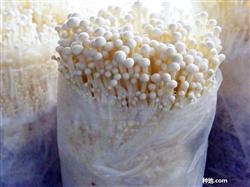
Flammulina velutipes black spot disease rust disease how to do? Please guide one, black spot disease: is a bacterial disease caused by pseudomonospora. After the disease, Flammulina velutipes cap appears oval brown or dark brown spots, initially needle-like, enlarged diameter of 2-4 mm, neat edges, sometimes cap cracking. Prevention...
2018-07-18 -
How does Flammulina velutipes regenerate and cultivate?
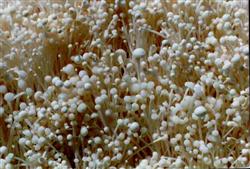
How does Flammulina velutipes regenerate and cultivate? Please guide Flammulina velutipes has a strong regeneration characteristics, when the mushroom is dried and withered, many new fruiting body primordia will be formed on its stalk. These primordia can be properly managed to develop into high-quality mushroom bodies. This method has dense and uniform fruiting, thin stalks, difficult to open umbrellas, and external...
2018-07-18 -
How to grow Flammulina velutipes in summer?
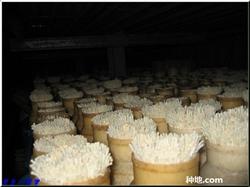
What are the requirements for cultivating Flammulina velutipes? Please introduce the cultivation of Flammulina velutipes should pay attention to the following points: 1. The temperature requirements of different growth stages of Flammulina velutipes were 3-34 ℃, 23 ℃, 10-15 ℃ and 12-13.
2018-07-18 -
What kind of pesticides are used in the process of growing tea?
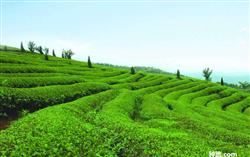
How to grow tea? Please guide tea planting can refer to the following methods: (1) the purpose of tea garden management technology is to prevent pesticide pollution caused by tea garden fertilization, pest and weed control, excessive chemical fertilizer and municipal garbage, sludge and other application pollution. a. Pest control. Agriculture should be carried out.
2018-07-18 -
How to fertilize tea in autumn?

How to fertilize tea in autumn? Please guide the tea garden now is a good time to fertilize, based on your own experience to briefly introduce the tea garden autumn fertilization problem. In production, many farmers are used to fertilizing tea in spring, do not pay much attention to autumn fertilization, and like to apply urea, ignoring phosphorus and potassium fertilizer and medium.
2018-07-18 -
How to prevent pests from pollution-free tea?
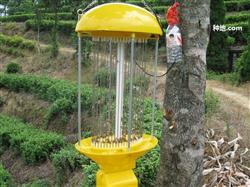
How to prevent pests from pollution-free tea? Please guide the methods of non-pollution pest control of tea: first, intercropping other tree species in the remaining corner of the slope around the tea garden, properly planting some trees such as ginkgo biloba and persimmon (planting Eucalyptus grandis is strictly forbidden), improve the microclimate of the tea garden, increase biodiversity, and reduce the occurrence of tea plant diseases and pests. Plant per mu.
2018-07-18 -
How to identify tea?
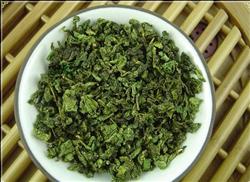
How to identify tea? Please introduce that there are many types of tea, mainly divided into six categories: red, green, yellow, white, black and oolong. After choosing good tea, consumers should pay attention to distinguish the quality of tea, which can be distinguished from the shape, color and aroma of dry tea.
2018-07-18 -
What are the ingredients of tea?
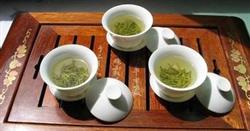
What are the ingredients of tea? Please introduce that tea has the following ingredients: catechin: commonly known as' tea tannin', is a unique ingredient of tea, with bitter, astringent and astringent taste. Caffeine: it has a bitter taste and is an important ingredient in the taste of tea. Minerals: tea is rich in potassium, calcium, magnesium, manganese and other 11 kinds of minerals. Tea.
2018-07-18 -
How to control tea spiny whitefly?
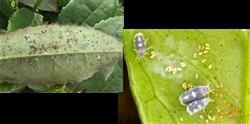
How to control tea spiny whitefly? Please guide tea black whitefly to do obvious harm to tea buds and leaves. Generally, the nymphs of whitefly are found in the leaves of tea garden. most tea farmers do not know the adults of whitefly, and the intake of a large number of adults directly affects the quality and yield of tea production. ...
2018-07-18 -
What are the diseases in the root of tea?
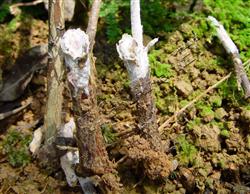
What are the diseases in the root of tea? Please point out that there are the following diseases in tea roots: 1, tea seedling white silk disease 1, 1 distribution and symptoms: tea seedling white silk disease is a common nursery root disease. The distribution is wide and the harm is serious. In addition to tea, it can also harm more than 200 kinds of plants, such as melons, Solanaceae, hemp, tobacco, peanuts, etc.
2018-07-18
